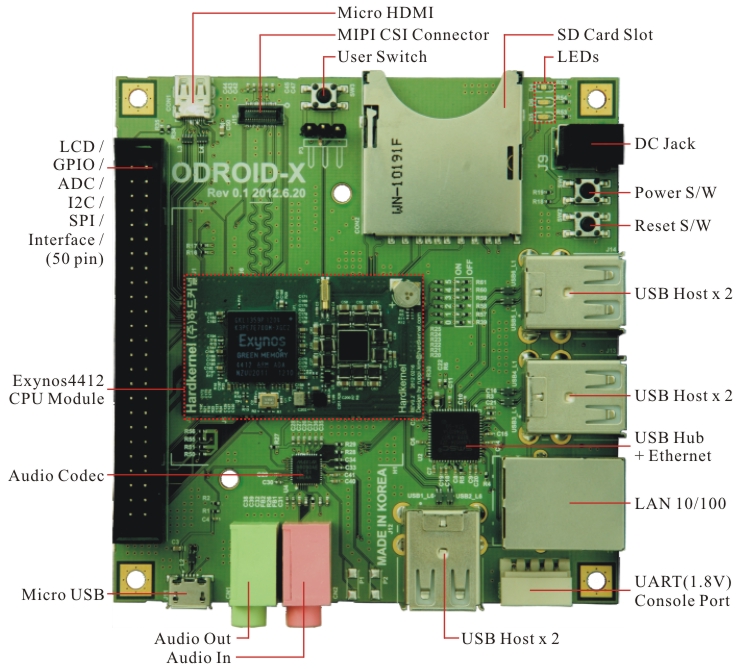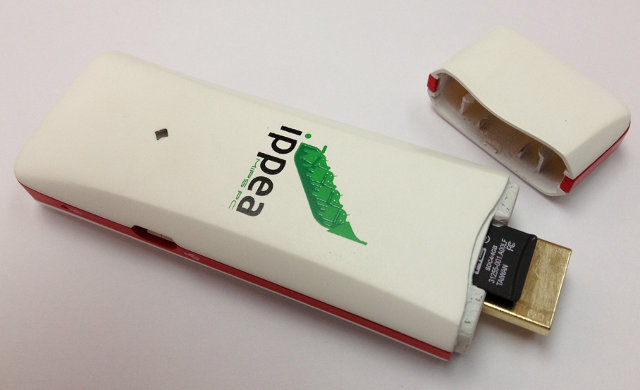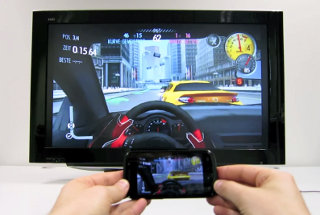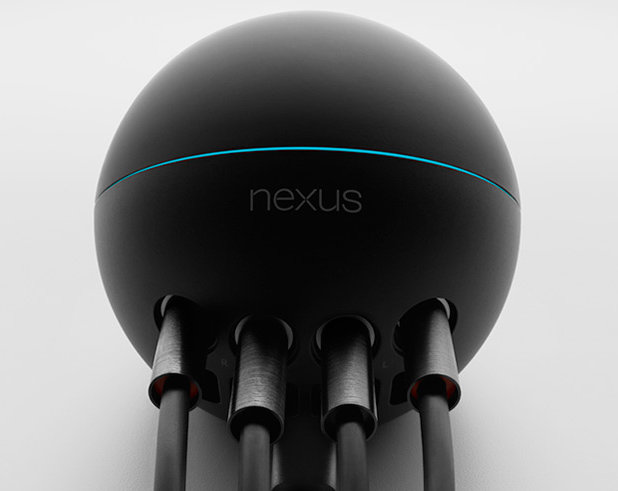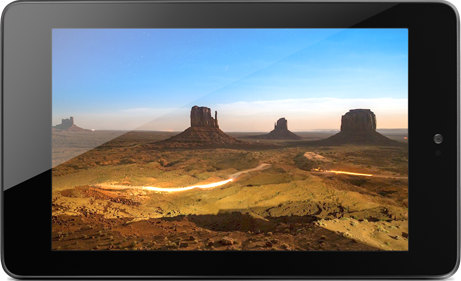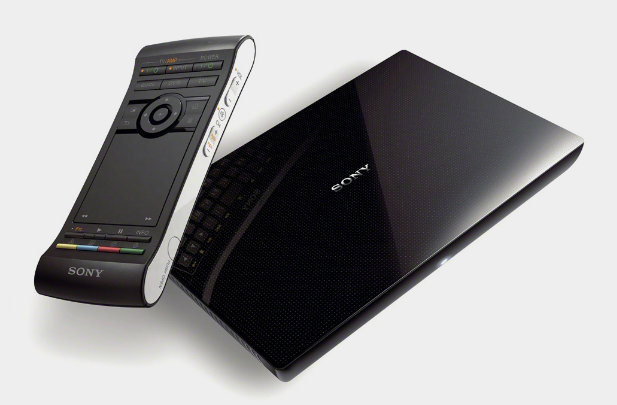NXP Semiconductors announced the availability of JenNet-IP-EK040 evaluation kit featuring JenNet-IP wireless network layer software for the Internet of Things. This evaluation kit based on NXP’s JN514x single chip wireless MCU provides all the components needed to create applications for IPv6-based networks for lighting and home automation. The JenNet-IP EK040 evaluation kit includes the following: 4 wireless sensor nodes, including modules based on JN5148-J01 and JN5142-J01 chips (single chips with MCU and IEEE802.15.4 transceiver) , USB micro-B connectors, a JN514x IO expansion port, support for USB, battery or an external power supply unit (not included), and 2 USB cables. 4 plug-in shields with an Arduino-compatible footprint featuring 3 dimmable white LEDs, as well as temperature, light level and humidity sensors. 2 high-power JN5148-J01 modules for extended range 2 high-power USB dongles for sniffer and coordinator A router providing connection to Ethernet, with a custom Open WRT Linux distribution and power supply. […]
HardKernel ODroid-X: Low Cost Exynos 4412 Quad Core Cortex A9 Development Board
HardKernel unveiled the ODROID-X development board based on Samsung Exynos 4412 quad-core ARM Cortex-A9 with quad core Mali-400 GPU, 1 GB Low Power DDR2 and storage is done via SD card and/or eMMC flash. Here are ODROID-X development board specifications: Processor Samsung Exynos4412 Cortex-A9 Quad Core 1.4Ghz with 1MB L2 cache Memory 1024MB(1GB) LP-DDR2 800MB/s data rate GPU Quad Core Mali-400 Video supports 1080p via HDMI cable (H.264+AAC based MP4 container format) Video Out micro HDMI connector / RGB-24bit LCD interface port Audio Standard 3.5mm headphone jack and microphone jack HDMI SPDIF LAN 10/100Mbps Ethernet with RJ-45 Jack (Auto-MDIX support) USB2.0 Host High speed standard A type connector x 6 ports USB2.0 Device ADB/Mass storage(Micro USB) UART System console monitoring for development (1.8volt interface) IO PORTs 50pin IO expansion port for LCD/I2C/UART/SPI/ADC/GPIO interfaces Display (Option) HDMI monitor / LCD panel with RGB or LVDS interface Storage (Option) Full size SDHC […]
iPPea TV Android 4.0.3 HDMI Stick Based on Ingenic JZ4770 (MIPS) Sells for 50 USD
iPPea Inc announced iPPea TV, an Android 4.0 dongle based on Ingenic JZ4770 MIPS SoC that “brings the ‘smart’ Android experience to any HDMI-enabled DTV for $50 US”. This is the first MIPS based Android mini PC that I’ve seem among all the ARM based floating around. Here are iPPea TV specifications: Ingenic JZ4770 applications processor (MIPS-Based XBurst CPU) @ 1.2 GHz. 2GB storage with support for up to 32 GB external storage via a microSD slot. 512 MB of DDR2 RAM HDMI ouput (up to 1080p) 802.11b/g/n Wifi USB 2.0 port and micro USB 2.0 OTG port Video format – AVI,MKV(XVID/px/H.264),MOV,TS,M2TS, RM/RMVB,FLV,3GP,MPEG,DAT,MP4 Audio format – AAC, AAC+, eAAC+, AMR-NB, AMR-WB, QCP, MP3, WMA, WAV, MIDI, M4A Picture format – GIF, BMP, JPEG, PNG Ebook format: PDF,EPUB,HTML,TXT Dimensions – PCB: 80 mm x 20mm x 6.5 mm | mini PC: As small as 95.5 mm x 31.5 mm x 12 […]
Android Transporter Enables WiFi Display Mirroring (similar to Miracast) of Android Devices
E.S.R.Labs is a German embedded software company mainly working for the automotive industry. But this time, they’ve started to work for the consumer market with Android Transformer, a software solution that can mirror an Android display to another Android device display via Wi-Fi in a similar fashion to what WiFi Miracast will do. Eventually, the company plan to make Android Transporter compatible with Wi-Fi Miracast, but in the meantime they rolled out their own solution by taking advantage of H.264 hardware encoders and decoders on Galaxy Nexus S and the Raspberry Pi. If they use standard APIs, I assume any hardware running Android that with H.264 hardware encode/decode should support their platform. I hope it will be work on (or be ported to) CX-01 mini PC which can be bought as low as $40 inc. shipping. It would make an even cheaper hardware than the Raspberry Pi (Up to 33% […]
Google Launches TI OMAP4460 Powered Nexus Q Media Player
Beside their first tablet and Android 4.1, Google also announced Google Nexus Q media player running Android 4.0 (ICS), and powered by Texas Instruments OMAP4460 processing with 1 GB RAM and 16 GB Flash. Here are the specifications of the device: CPU – Texas Instruments OMAP 4460 dual core Cortex A9 @ GHz + PowerVR SGX540 GPU System Memory – 1GB LPDDR RAM Storage – 16GB NAND flash memory Micro HDMI (Type D) TOSLink Optical audio (S/PDIF) 10/100BASE-T Ethernet (RJ45) Wireless Connectivity: Wi-Fi 802.11a/b/g/n Bluetooth NFC Micro AB USB (for service and support) Banana jack speaker outputs Amplifier – 25W class D (12.5 watt per channel) Power Supply – Integrated 35W switching power supply Dimension – 116mm (diameter) Weight – 923 grams The device also features a rotating top dome volume control, a capacitive touch sensor for mute, 32 RGB perimeter LEDs and 1 RGB LED for mute indicator, and […]
Google Nexus 7 Android 4.1 Tablet Features Nvidia Tegra 3 Processor
Google announced their very first tablet at Google I/O called Google Nexus 7 (but manufactured by Asus). The device runs the latest Android 4.1 (Jelly Bean) OS, is powered by Nvidia Tegra 3 quad-core Cortex A9 processor and comes with 1 GB RAM, and 8 to 16 GB NAND flash depending on the model. Here are the specifications of the Google Nexus 7: CPU – Nvidia Tegra 3 Quad core Cortex A9 @ 1.2 GHz Memory – 1GB RAM Storage – 8 or 16 GB Flash Display – 7” 1280×800 HD IPS display (216 ppi) Connectivity WiFi 802.11 b/g/n Bluetooth Camera – 1.2MP front-facing camera Sensors – Accelerometer, Magnetometer and Gyroscope Misc – Microphone, speaker, NFC and GPS Battery – 4325 mAh (Up to 8 hours of active use) Weight – 340 grams Size – 198.5 x 120 x 10.45mm The device only has a power, vol-/+ buttons, an headphone […]
Baanto ShadowSense Technology Enables Virtual Graffiti Drawings on Multitouch Displays
Baanto ShadowSense is a new 2D and 3D tracking technology using sensors that allow the system to determine the relative angle and as well as other characteristics of the shadow cast by an object. The system is provided as a frame with several sensors (4 typically) that you can connect via USB to your computer. It is an USB HID device, does not need drivers and support Windows XP/7, Linux and Android. This proprietary technology has the following key features: Traceability of multiple points or objects simultaneously (up to 5 points) Up to 10,000 fps. 16 MPixel resolution of shadow position. Simple algorithm that can be implement in 8-bit MCU. Low power draw. Less than $10 US per sensor. A typical configuration uses 4 sensors and plenty of small LED emitters as shown the illustration. Up to 1mm resolution of object position. No optical lenses are required The resolution is […]
Sony NSZ-GS7, The 1st Google TV 2.0 Device is Now Available in the US and UK
Google announced that the 1st Google TV 2.0 device is now available for pre-order in the US and in UK for $199.99. Sony NSZ-GS7 is a set-top box based on Marvell GTV reference design, which comes with a dual-sided “magic” Bluetooth remote (NSG-MR5U). The device was first seen at CES 2012. Here are the key specifications of this media player: SoC – Marvell Armada 1500 dual core ARM processor @ 1.2 GHz with Vivante GC1000 GPU Storage – 8GB Nand Flash Connectivity: Built-in Wifi 802.11 b/g/n 100Mbit Ethernet Built-in Bluetooth Video Output – HDMI Audio Output – Optical out. HDMI supports Dolby and LPCM audio output Video codecs – H264-AVC, MPEG4-SP/-AAC/-HE, MPEG-1/2, MPEG4, H.263, WMV, Vorbis, Xvid… Video containers – 3gp/3g2/3gp9, AVI, FLV, MKV, MOV, MPEG TS/PS, mp4/m4a, MVC, ogg, wmv/asf… Picture formats – bmp, gif, jpeg, mpo and png Audio formats – AAC, AC3, LPCM/WAV, MDI, MP3 and WMA […]



